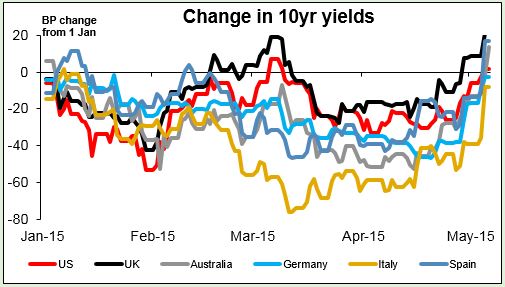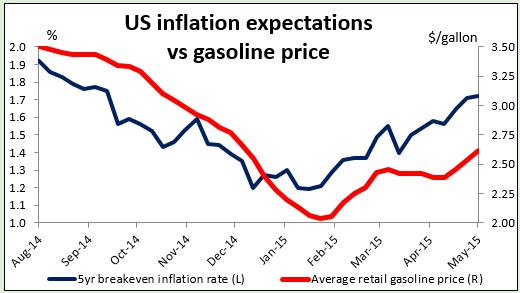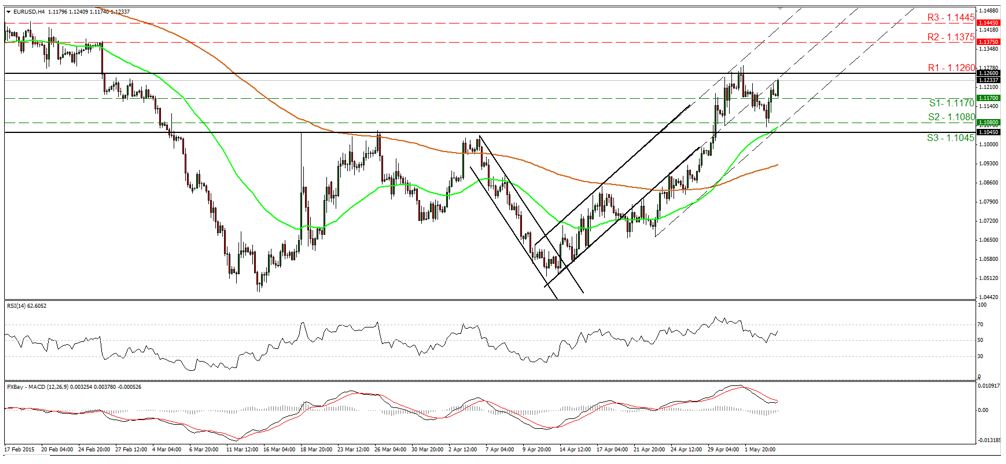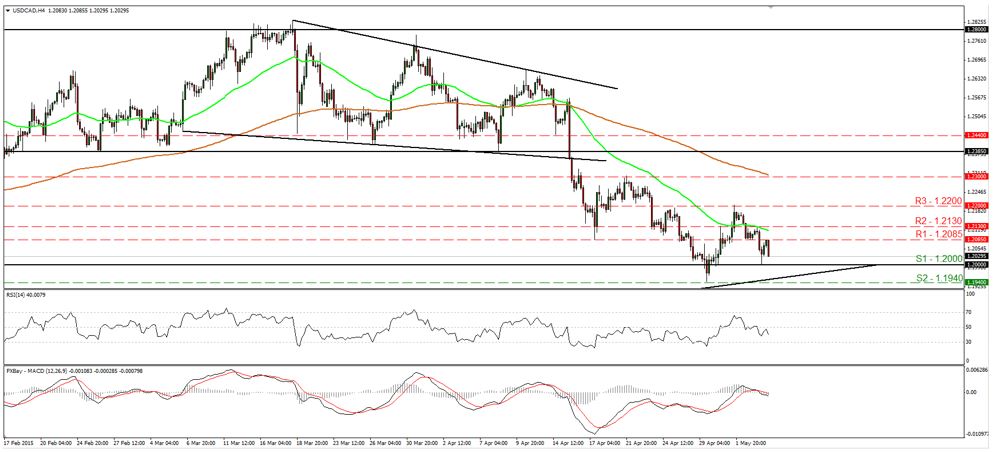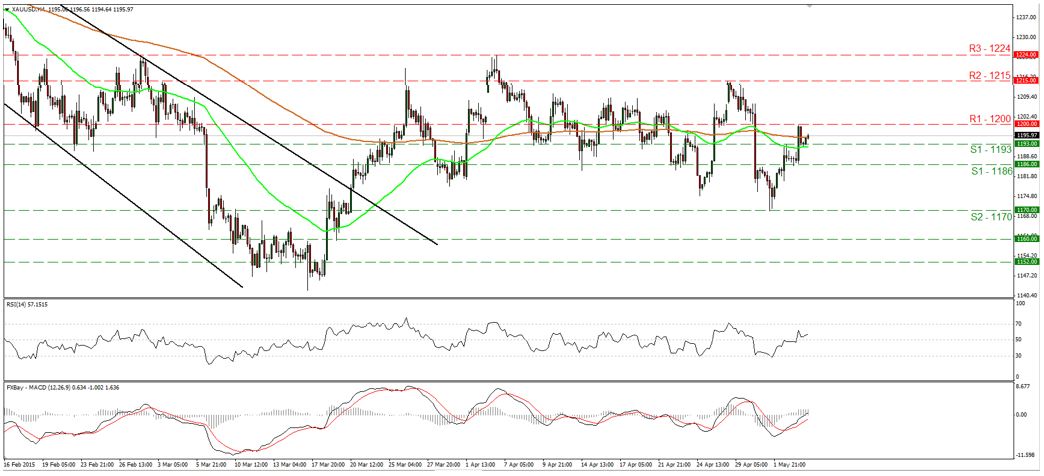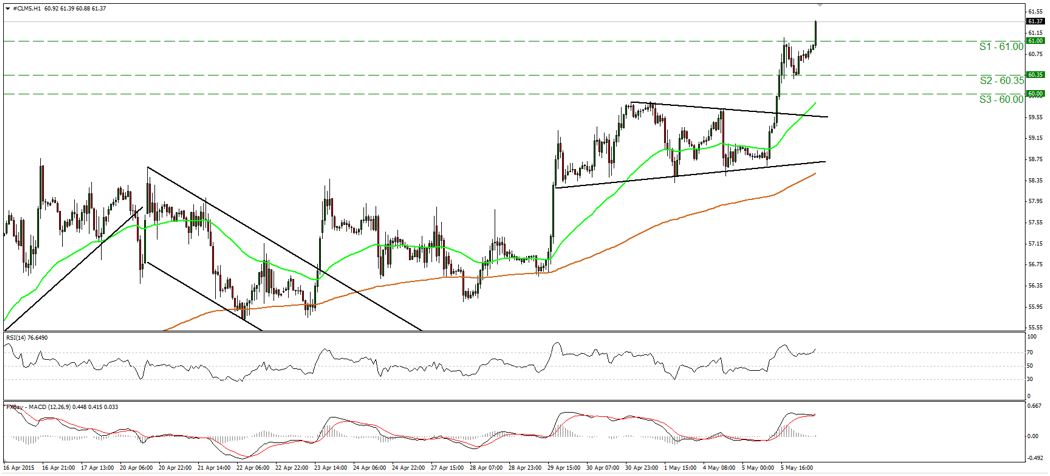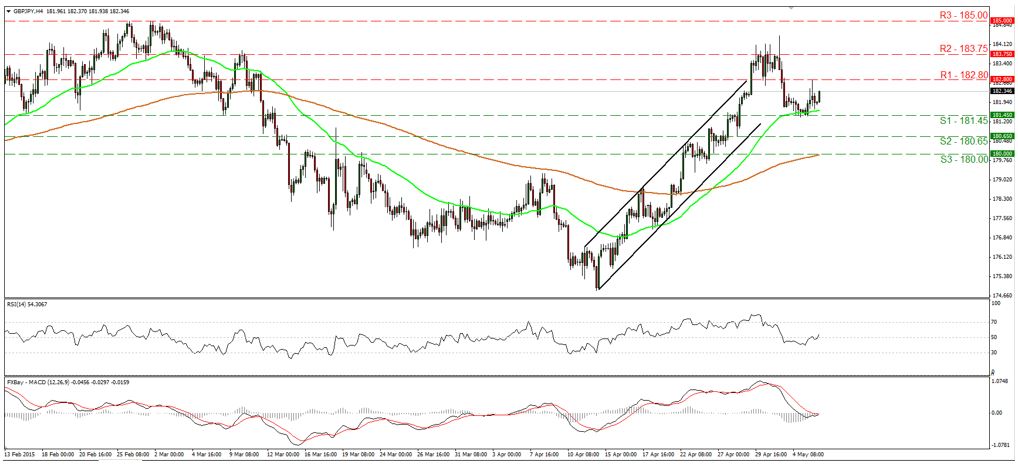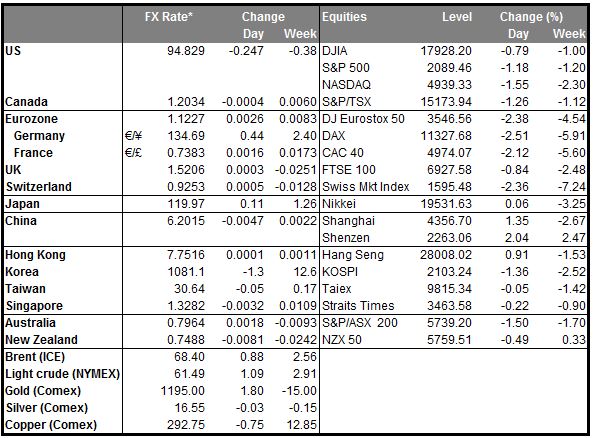Rising yields go along with rising oil prices
Usually there is a consistent theme throughout the financial markets. It’s hard to explain what’s going on now however. The most notable point is that bond prices are crashing everywhere. But why? Usually bond prices fall (interest rates rise) when inflation is rising or when growth is accelerating. But inflation is no threat anywhere, growth if anything is disappointing on the downside (at least in the US), and the ECB continues to buy boatloads of bonds. With short-term yields remaining at or below zero, yield curves around the world are steepening sharply. That’s usually a harbinger of stronger growth to come. In that case, why are equities down across the board, too?
Perhaps the rebound in energy prices has something to do with it. Oil prices remain over $60/bbl as Libyan output slowed, Saudi Arabia raised its prices to Asia, and this week’s API figures showed the first net drawdown of US crude oil inventories in eight weeks. This is pushing gasoline prices up in the US and raising inflation expectations. A rise in oil prices due to a reduction in supply would be bad for growth, unlike a rise in prices caused by an increase in demand. It could be that the markets are starting to sense mild stagflation – a recovery in inflation before a recovery in growth. That would be bad for all markets.
China’s service sector is expanding
The HSBC China services PMI rose to 52.9 in April from 52.3 the previous month, This softened the decline in the composite PMI to 51.3, down from 51.8. This is the kind of restructuring that the Chinese government wants to see as it attempts to steer the economy away from investment-led growth to consumption-led growth.
In theory that should be good for New Zealand’s exports of food products relative to Australia’s exports of industrial materials, but prices at Tuesday’s milk auction fell once again nonetheless. Plus the country’s unemployment rate unexpectedly rose to 5.8% from 5.7% -- the market had been expecting a decline to 5.5% -- even while the participation rate declined slightly. Not good! Wage growth also slowed. The news gives the Reserve Bank of New Zealand further reason to remain on hold or even ease rates. The news from Australia wasn’t that great – retail sales slowed in March, although they were still positive – but that was better than the news from New Zealand and AUD/NZD rose even further away from the parity that so many of us had expected – now at 1.0640, parity seems a long way away.
Today’s highlights: During the European day, we get the final service-sector PMIs for April from the countries we got the manufacturing data for on Monday. As usual, the final forecasts for France, Germany and Eurozone are the same as the initial estimates. Eurozone’s retail sales for March are coming out as well.
The ECB holds its regular weekly meeting, at which it will decide on the provision of liquidity to Greek banks. There is the possibility that they might increase the “haircut” on collateral that Greek banks put up for loans, which would severely constrain the Greek banking system.
The UK service-sector PMI is forecast to have slid to 58.5 in April from 58.9 in March. After the declines in the country’s manufacturing and construction PMIs for April, a slide in the service-sector PMI is very likely. This would be an additional evidence that the UK economy is losing momentum.
The main indicator for the day is the US ADP employment change for Apr, two days ahead of the nonfarm payroll release. The ADP report is expected to show that the private sector gained more jobs in April than it did in the previous month. Even though the ADP has relatively little predictive power for the initial payrolls figure, the market tends to treat it as if it’s a reliable indicator and so a figure like that would be taken as USD-bullish.
From Canada, Ivey PMI for April is to be released. The RBC manufacturing PMI released last Friday rose a bit, but stayed below the 50 level that divides contraction from expansion. The same is expected to happen to the more-closely-watched Ivey PMI. The index is forecast to have risen to 49.2 from 47.9 previously. Although the rise may support CAD, a failure to break above the 50 level could cause the effect to be minimal.
We have five speakers scheduled on Wednesday. During the European day, Fed Chair Janet Yellen and IMF Managing Director Christine Lagarde speak at a conference on finance and society. We also have speeches from Kansas City Fed President Esther George and Atlanta Fed President Dennis Lockhart. Riksbank Governor Stefan Ingves speaks as well.
The Market
EUR/USD rebounds from slightly above 1.1045
EUR/USD rebounded from slightly above 1.1045 (S3) and is currently headed for another test at the resistance territory of 1.1260 (R1). This adds to my view that the short-term picture stays positive. However, I still prefer to see a clear close above the 1.1260 (R1) zone before I get more confident on the upside. Such a break could set the stage for extensions towards our next obstacle of 1.1375 (R2), defined by the peak of the 26th of February. Our momentum studies support the case for further advances, at least for another test at the 1.1260 (R1) area. The RSI rebounded from its 50 line and is now pointing north, while the MACD, already positive, has bottomed and could move above its trigger line soon. On the daily chart, the break above 1.1045 (S3) signaled the completion of a possible double bottom formation, something that could carry larger bullish implications.
• Support: 1.1170 (S1), 1.1080 (S2), 1.1045 (S3).
• Resistance: 1.1260 (R1), 1.1375 (R2), 1.1445 (R3).
USD/CAD is headed towards 1.2000 again
USD/CAD traded somewhat lower after hitting resistance at 1.2085 (R1). I would now expect the pair to challenge again the psychological round number of 1.2000 (S1). A dip through that may challenge initially the 1.1940 (S2) line. Our short-term oscillators magnify the case for the occurrence of the aforementioned scenario. The RSI turned down after hitting resistance at its 50 line, while the MACD has fallen below both its zero and trigger lines. On the daily chart, the rate is trading very close to the longer-term uptrend taken from the low of the 11th of July. Therefore, a clear close below that line and the 1.1940 barrier is the move that would pull the trigger for a large leg down, perhaps towards the 1.1800 (S3) area, defined by the low of the 15th of January.
• Support: 1.2000 (S1), 1.1940 (S2), 1.1800 (S3).
• Resistance: 1.2085 (R1), 1.2130 (R2), 1.2200 (R3).
Gold hits resistance near the round number of 1200
Gold edged higher on Tuesday after hitting support at 1186 (S2), broke above 1193 (S1) and hit resistance near the psychological line of 1200 (R1). A clear break above that barrier is likely to trigger larger bullish extensions and perhaps challenge the next resistance at 1215 (R2). Our momentum studies support the notion. The RSI stands above its 50 line and points up, while the MACD, already above its trigger, obtained a positive sign. Although the rebound may continue, with no clear trending structure on the 4-hour chart, I maintain my view that the outlook is neutral. On the daily chart, both our short-term oscillators gyrate around their equilibrium lines, confirming the trendless short-term picture.
• Support: 1193 (S1), 1186 (S2), 1170 (S3).
• Resistance: 1200 (R1), 1215 (R2), 1224 (R3).
WTI soars above 60.00
WTI surged on Tuesday, breaking above the psychological round number of 60.00 (S3), while during the early European morning Wednesday, it broke above the 61.00 (S1) line. The break turned the near-term picture back positive and I would now expect the bulls to challenge the 62.00 (R1) line. A break above 62.00 (R1) is likely to prompt extensions towards the next resistance of 63.60 (R2). The 14-hour RSI is back above its 70 line, while the hourly MACD shows signs that it could rebound from near its trigger line. On the daily chart, I still see a positive medium term outlook. The break above 55.00 on the 14th of April signalled the completion of a double bottom formation, something that could carry larger bullish implications in the not-too-distant future.
• Support: 61.00 (S1), 60.35 (S2), 60.00 (S3).
• Resistance: 62.00 (R1) 63.60 (R2), 64.30 (R3).
GBP/JPY rebounds from 181.45
GBP/JPY rebounded from near 181.45 (S1) and is now headed towards the resistance line of 182.80 (R1). I believe that a break above that resistance is likely to target the next hurdle at 183.75 (R2). Our short-term oscillators support the notion. The RSI is back above its 50 line and points north, while the MACD has bottomed slightly below its zero line and could cross above its trigger soon. On the daily chart, GBP/JPY is trading above both the 50- and the 200-day moving averages and this keeps the near-term trend intact. What is more, our daily oscillators detect positive momentum as well. The 14-day RSI rebounded from above its 50 line, while the daily MACD stands above both its trigger and zero lines.
• Support: 181.45 (S1), 180.65 (S2), 180.00 (S3).
• Resistance: 182.80 (R1), 183.75 (R2), 185.00 (R3).

